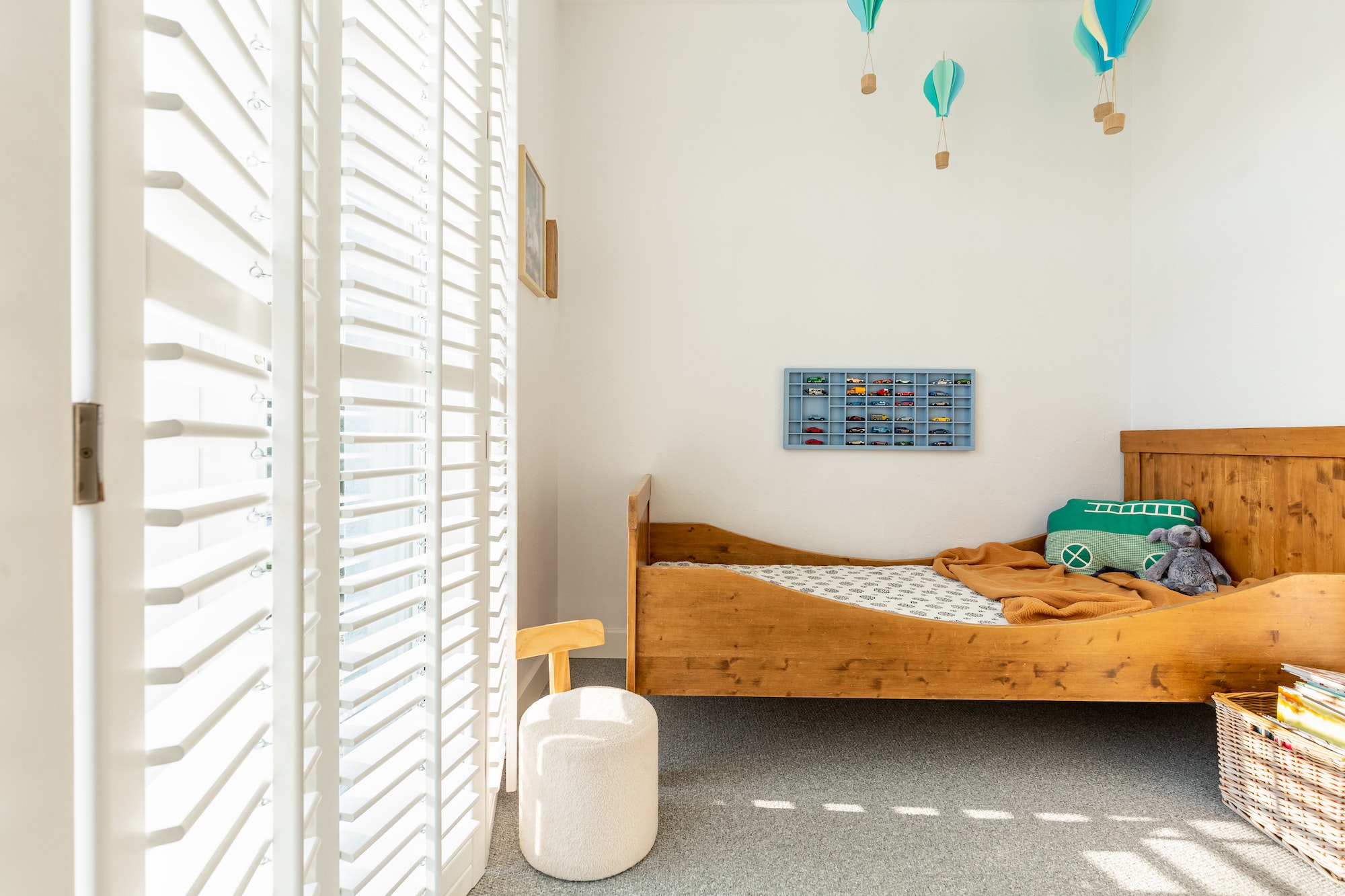Key Takeaways
- Choose the right type of screw for your decking material.
- Pre-drill to avoid splitting wood.
- Consider using color-matched screws for a polished look.
- Don’t forget the spacing between screws for expansion.
- Use stainless or coated screws to prevent corrosion.
- Invest in a quality driver to reduce fatigue.
- Follow manufacturer guidelines for screw length.
- Keep spare screws on hand for quick fixes.
- Always double-check your screw placement before securing.
Ah, the sweet sound of decking screws sinking steadily into wood: it’s like music to a home improvement enthusiast’s ears. Those little metallic marvels may be small, but they’re critical for ensuring that your deck is structurally sound and visually appealing. If you think grabbing any old screw from the box will do, then my friend, you’ve been watching too many DIY videos on YouTube! Let’s dive into nine essential tips for achieving a seamless build that’ll have your friends saying, “Wow, you really nailed it!” (pun intended).
Decking can be more than just a backyard enhancement; it’s often the stage for countless summer barbecues, romantic evenings under the stars, and questionable dance-offs. So, let’s avoid a decking disaster by using these expert tips. After all, nobody wants an accident involving a rogue screw, an ill-placed footstep, and a missing shoe. Let’s keep the pain where it belongs—inside the walls of your home improvement dreams!
Choosing the Right Screw for Your Decking Material
Using the correct screw is like knowing how to ride a bike—do it wrong and you might fall flat on your face. When selecting decking screws, pay attention to the type of material you’re using. Wood, composite, and metal decking all have different requirements. Generally, if you’re working with treated wood, look for coated or stainless steel screws that resist rust and corrosion. The last thing you want is a rusty screw ruining your beautiful creation.
Pre-Drilling: A Little Work for a Lot of Reward
When you’re ready to start screwing—yes, I said it—don’t skip the pre-drilling step. This small effort can prevent splitting, especially in hardwoods. Imagine planning to impress your neighbors with an elegant deck only to crack the wood like someone just dropped a watermelon at a picnic. Not the look you want! Pre-drilling allows for a smoother finish and a surprisingly more pleasant screw insertion experience.
Embrace Color-Matching Screws
Good news: decking screws come in various colors and finishes. Choosing color-matched screws can elevate your deck from "meh" to "wow!" It’s like wearing matching socks—small touch, big difference. And don’t worry; you won’t have to take a wild guess at the color. Manufacturers often provide handy charts to help you choose the right shade, so you won’t have to pretend your vibrant turquoise deck can rock a contrasting pink screw!
Score Your Spacing
Imagine a world where your screws are lined up like soldiers in formation—imperious and orderly. This can be your reality if you pay attention to spacing. Leave sufficient space between screws, typically around 16 inches, to allow for wood expansion. This will save you from disaster when the summer heat expands your wood and leaves you with a hooty deck that’s beautiful but more of a jigsaw puzzle than a cohesive space.
Protect Against Corrosion
It’s a no-brainer: if you live in a humid or rainy climate, rust will become a serious nemesis to your deck. Invest in stainless steel or specially coated screws that can withstand the elements. According to a study by the American Wood Council, approximately 30% of decking failures were attributed to inappropriate screw materials, leading to rust and structural failure. You don’t want to be part of that statistic!
Data Table: Decking Material vs. Screw Failures
| Decking Material | Common Screw Issue | Percentage of Failures |
|---|---|---|
| Treated Wood | Rust and Corrosion | 30% |
| Composite | Shear Resistance | 25% |
| Metal | Poor Grip and Stripping | 20% |
| PVC | Low Embedment Strength | 15% |
| Hardwood | Wood Splitting | 10% |
Invest in Quality Tools
Let’s talk tools. No one wants sore wrists after a day of DIY. Investing in a quality screw driver or drill will not only make your life easier but also ensure you’re applying the right torque. Cheaper tools can strip screws or wear out quickly, leading to frustration and cursing at your tool box—while we share a laugh with the toolbox, would you really want to give the kids a show?
Follow Manufacturer Guidelines for Screw Length
Tired of guessing whether your screws are long enough? Don’t worry; your manufacturer has you covered. Always follow the recommended screw length guidelines to ensure that your screws penetrate deep enough for stability, without poking through the other side like a toddler trying to squeeze into a tiny stuffed toy. Typical recommendations suggest 2.5 to 3 inches for wood.
Keep Spare Screws on Hand
You’re having a great time building your deck, and then—BAM! You drop the screw and it mysteriously disappears like a magician’s assistant. Don’t let this bring you to tears. Keep an extra handful of screws handy, because life happens, and you want to keep the momentum going rather than dragging your feet to a hardware store mid-project.
Inspect Your Screws Before Driving
Before you go all-in and start driving screws, take a moment to inspect their quality. Are they bent? Are the heads stripped? Neither will serve you well. Better to be a little obsessive than face the consequences later on (like a flat tire on a road trip, but worse!). A quick visual check can save you lots of time later.
Conclusion: Precision is Key
Completing a stellar deck requires a mix of creativity, craftsmanship, and an understanding of the materials you’re working with. With these nine expert tips on how to use decking screws, you’re on your way to a flawless finish that even your neighbor’s dog would be impressed with—though we can’t all say the same for the neighbor, right?
Remember, the devil is in the details. Often, it’s the little things—like the right screws—that can make or break a project. Happy decking!
FAQs
| FAQs | Answer |
|---|---|
| What is the best type of screw for decking? | Stainless steel or coated screws are ideal for durability and rust resistance. |
| How often should screws be spaced? | A 16-inch spacing between screws is generally recommended for optimal expansion and strength. |
| Can I reuse old screws for new decking? | It’s best to avoid reusing old screws, as they may be weakened or corroded. |
Discover more from Futurist Architecture
Subscribe to get the latest posts sent to your email.



